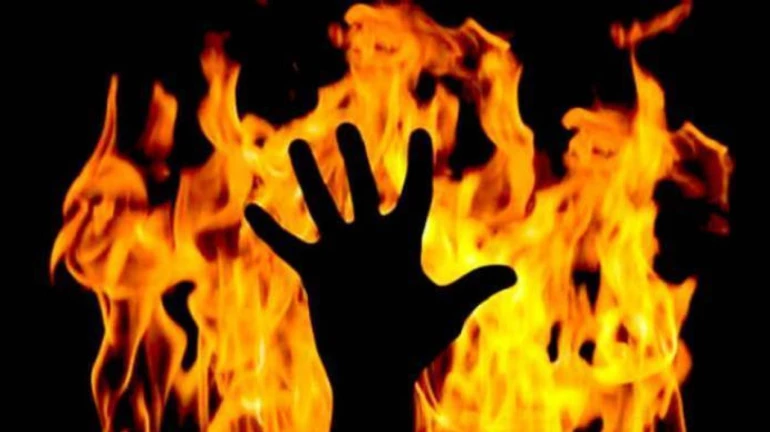
The Intensivist and Critical Care team of American Oncology Institute (AOI) at Nangia Specialty Hospital in Nagpur successfully treats a 34-year-old male patient who suffered a severe burn injury. The patient arrived with accidental burn injuries affecting his face and torso (chest and abdomen areas), covering a total of 45% of his body surface area (BSA).
Upon admission, he presented with respiratory distress and hypotension, requiring immediate intervention in the isolation ICU. Under the expert care of the medical team, the patient underwent aggressive fluid therapy and pain management, initially responding well. However, his condition later deteriorated, leading to bloodstream infection and septic shock, accompanied by acute kidney injury.
Dr Amol Parate, Intensivist and Critical Care Specialist, AOI Nagpur, commented, “The successful treatment and recovery of this patient highlights the dedication and expertise of our medical team. Burn injuries pose significant risks to patients, including complications such as infections, septic shock, and organ failure. Despite encountering numerous hurdles along the way, our team remained steadfast in our commitment to providing the highest standard of care. Through diligent monitoring and tailored treatment plans, we were able to navigate these challenges and achieve a positive outcome for the patient."
In response to culture and sensitivity reports, antibiotics were escalated, leading to improved blood pressure and stabilization of kidney function after a 7-day course of treatment. Throughout his hospitalization, the patient underwent multiple debridement (removal of damaged or dead tissue from a wound) procedures and dressing changes to manage the burn wounds. Despite these challenges, he experienced another setback with the development of septic shock caused by a multidrug-resistant organism. Antibiotics were adjusted to polymyxin therapy, supported by vasopressors, resulting in significant improvement in the patient's vital signs. After undergoing skin grafting and enduring a two-month hospital stay, the patient was discharged in stable condition, marking a remarkable milestone in his recovery journey.





